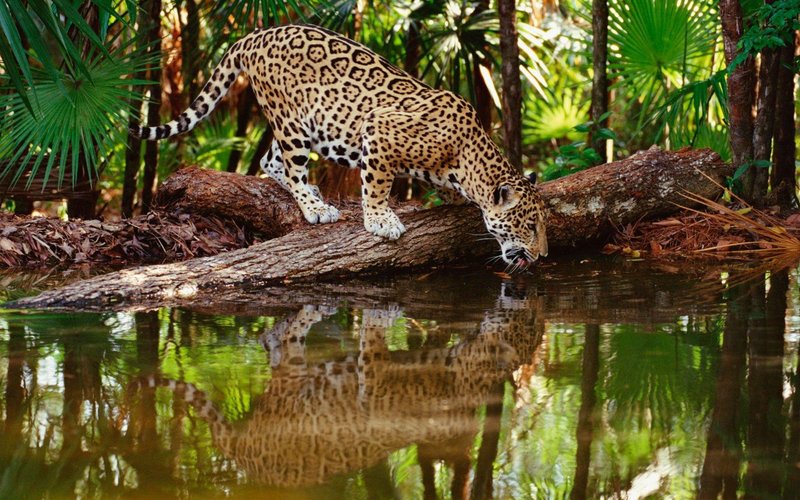
Wolf worms, which are the larvae of a type of fly that targets mammals, can cause significant irritation and health issues for those affected. When animals sense a threat, such as an infestation, they often step up their grooming game. You might be wondering how this plays out across different species and what it reveals about their instincts. Let’s explore how animals react to these pesky invaders and the fascinating grooming behaviors they exhibit.
What Are Wolf Worms?
Before diving into grooming behavior, it’s essential to understand what wolf worms are. These are actually the larvae of the *Cuterebra* fly. When they invade an animal, they usually enter through the skin, causing discomfort and harm. Once inside, they can grow and develop, leading to various health issues for their host. Typically, these larvae are most commonly found in rodents, rabbits, and even some larger mammals.
Wolf worms can cause serious irritation, leading to skin lesions and inflammation. Imagine having an uninvited guest that sets up shop and refuses to leave—that’s what happens when an animal becomes infested. The discomfort can drive animals to engage in grooming behavior, which is their natural response to irritation and distress.
The Role of Grooming in Animal Behavior
Grooming isn’t just about keeping clean; it’s a crucial behavior that plays an essential role in animal health and social structures. Animals groom themselves to remove dirt, parasites, and dead skin, promoting better hygiene. But it goes beyond that—grooming can strengthen social bonds among group members.
For example, primates are known for their social grooming habits, where they groom each other as a way to build trust and friendships. It’s a crucial method of communication that signals care and affection. In the wild, grooming becomes even more important when external threats, like wolf worms, disrupt an animal’s normal routine.
When an animal experiences discomfort from something like wolf worms, it might start grooming more intensely. This behavior serves to relieve irritation and can also help in managing the threat of the invaders. So, while grooming is often seen as a simple act, it’s a complex behavior tied to survival and social dynamics.
Grooming as a Response to Infestations
When wild animals detect a threat like wolf worms, their grooming behavior can change significantly. Here’s where things get interesting. Animals might increase the frequency and intensity of their grooming sessions. Picture a dog that suddenly starts scratching and biting at themselves after picking up fleas—it’s a similar instinct.
The process of grooming helps to remove not only visible dirt but also the larvae or eggs that could be causing discomfort. For some animals, this includes using their teeth or even their surroundings to scratch or rub against. This instinct to groom more when faced with irritation is a survival tactic, aimed at reducing the risk of infection or further infestation.
Moreover, the social aspect can come into play. Animals that live in groups may groom each other more often, as this can help them collectively combat external threats. Think of it as a team effort where everyone pitches in to help one another stay healthy and free from irritation.
How Different Species React
Different species respond to wolf worms and other irritants in unique ways. For instance, rodents may engage in frantic grooming when they feel a disturbance, as they are often more vulnerable to parasitic infections. Their instinct is to remove potential threats quickly.
On the other hand, larger mammals, such as deer or bears, might exhibit slower, more methodical grooming behaviors. They often use their hooves or claws to scrape off any irritating pests. This difference in response can be attributed to the varying levels of vulnerability and the presence of grooming tools, like teeth or claws, at their disposal.
Larger animals may also exhibit signs of social grooming when one becomes infested. You might notice that a group of deer will take turns grooming each other to ensure all members are healthy, especially if one is showing signs of distress due to something like wolf worms. This behavioral response showcases the importance of social bonds in maintaining health within a species.
Benefits of Grooming Beyond Hygiene
The benefits of grooming extend far beyond just cleaning up. Grooming plays a vital role in stress relief. When an animal itches or scratches away at an irritation, it can provide a sense of comfort. This is similar to how we might massage a sore spot after a long day—it’s therapeutic.
Moreover, grooming can also help regulate body temperature. For some animals, like cats, grooming helps to spread natural oils over their fur, keeping it sleek and functional. While trying to rid themselves of wolf worms, the act of grooming inadvertently assists in maintaining their overall well-being.
In social species, grooming can also foster stronger bonds, which is crucial for survival in the wild. By grooming each other, animals reinforce relationships and establish a support system. This extra layer of care can be critical when facing threats like parasites or infestations.
Impact of Environment on Grooming Behavior
The environment plays a significant role in how animals respond to threats like wolf worms. Animals living in dense forests or grasslands may have an easier time finding natural grooming aids, such as rough surfaces to rub against. In contrast, animals in open areas might rely more on their own bodies to remove irritants.
Habitat also affects the frequency and method of grooming. For example, animals in warmer climates may need to groom more often than those in colder regions. They’re managing not only pests but also their overall hygiene.
This environmental context can also dictate how severe the infestation might become. In areas where wolf worms are more prevalent, animals may develop more robust grooming habits as a survival mechanism. The interaction between an animal and its environment significantly shapes its grooming behaviors.
So, when you think about wild animal grooming, remember that it’s a vital part of their lives, especially when responding to threats like wolf worms. It’s not just about looking good; it’s an instinctual behavior rooted in survival, health maintenance, and social bonding.
By understanding these grooming behaviors, we gain a deeper appreciation for the complexity of wild life. They’re not just instinctively scratching an itch; they’re engaging in a critical behavior that helps them cope with stress and maintain their health. So next time you see an animal grooming itself, think of it as a natural, multifaceted response to its environment, much like how we take care of ourselves when facing our own challenges.

